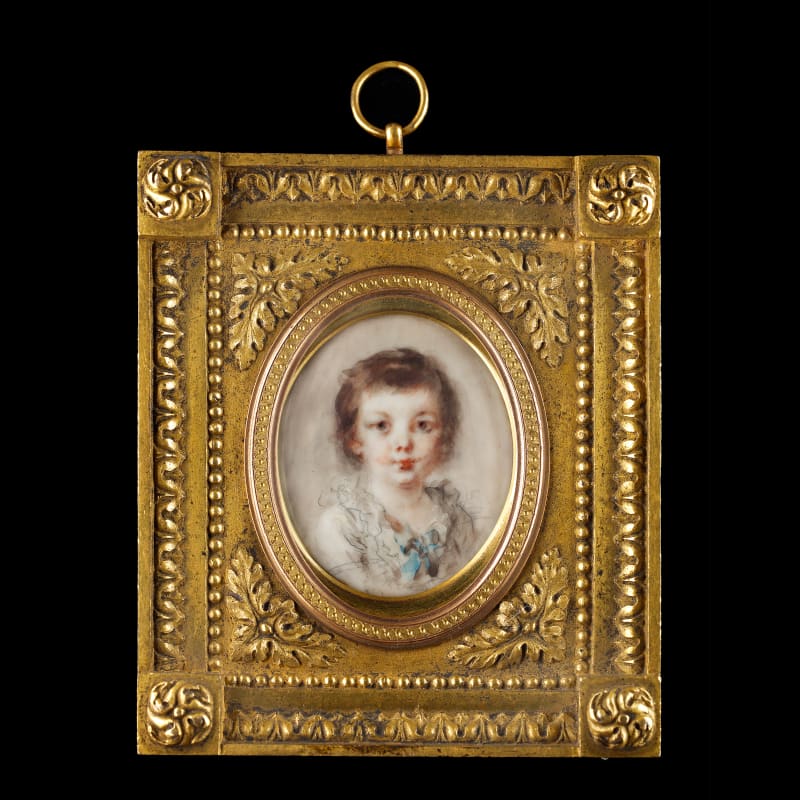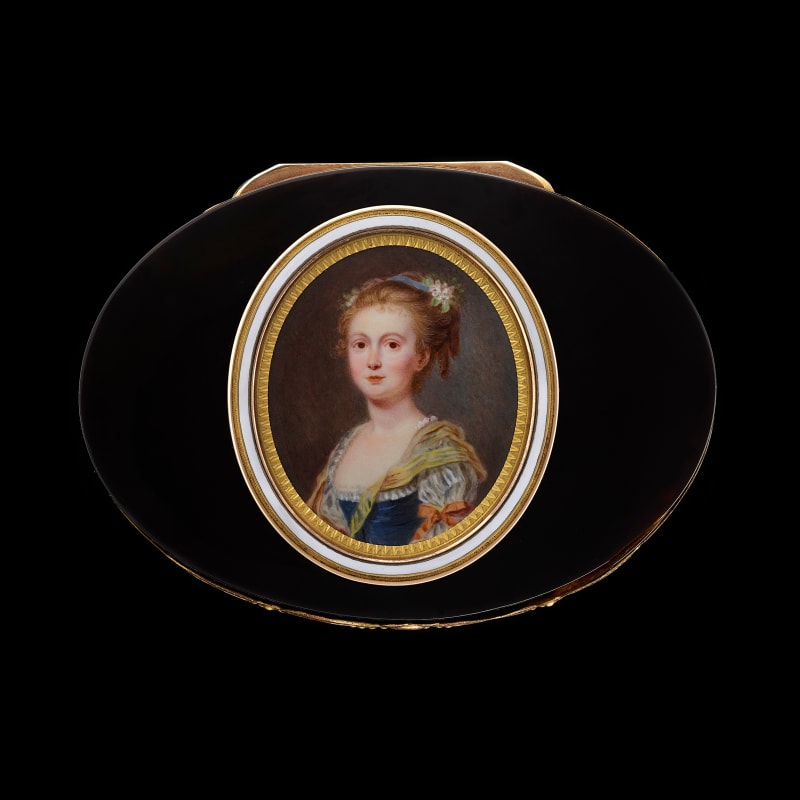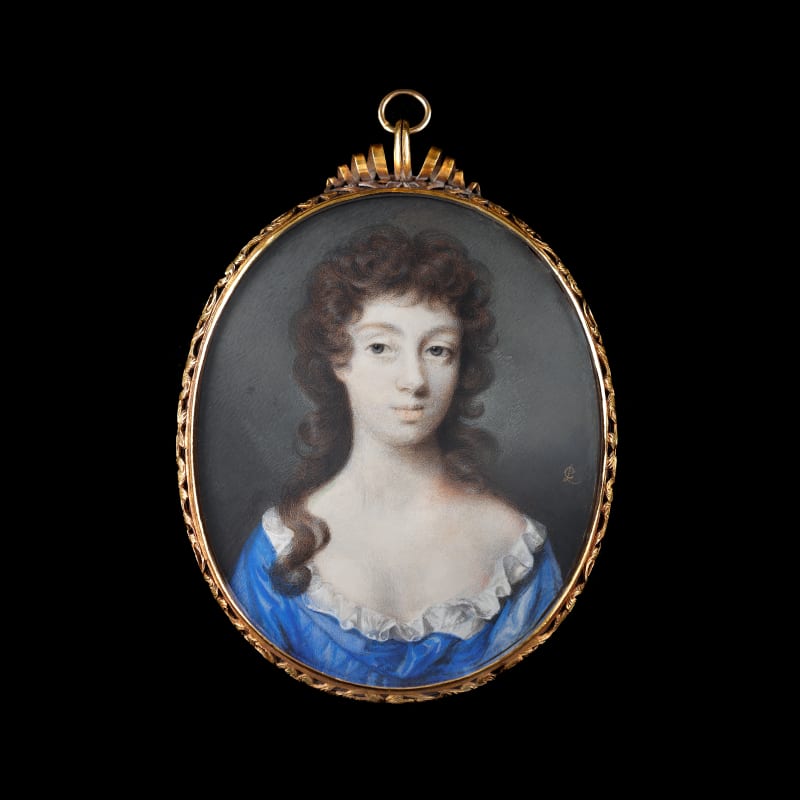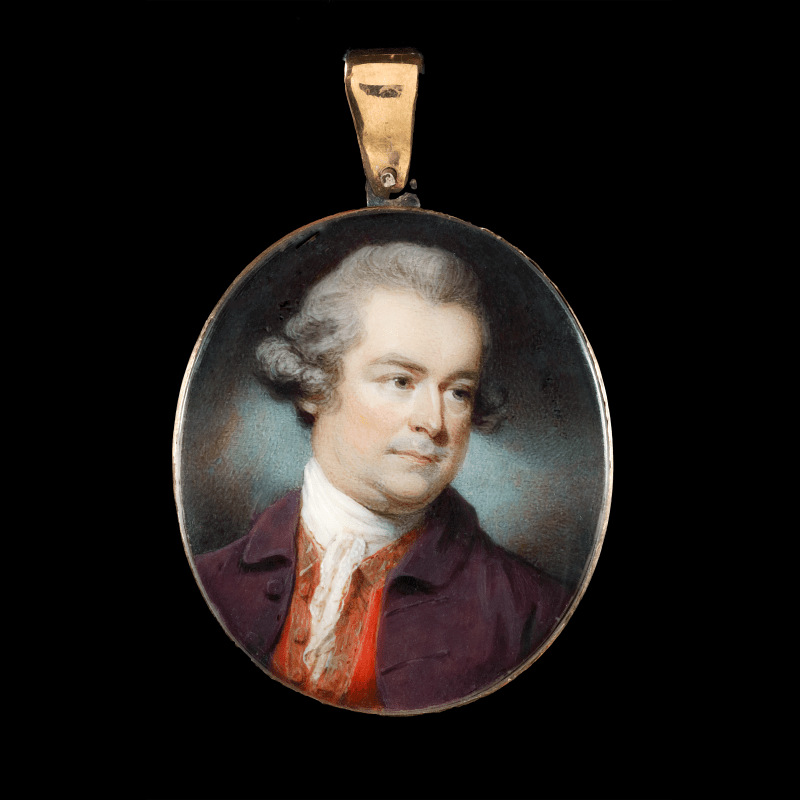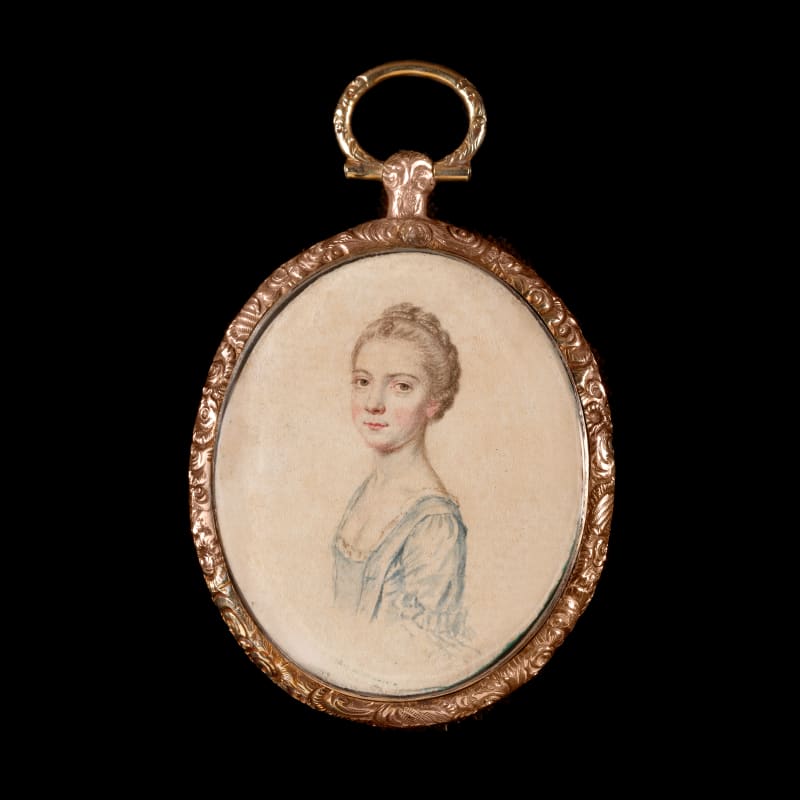We are grateful to Jacqui Ansell, Senior Lecturer Christie’s Education, for her commentary on men’s fashion which has been incorporated into this catalogue note.
Previously thought to be by Isaac Oliver, the present miniature shares more characteristics with the known portraits by Sir James Palmer. Palmer was a fascinating artist, being well-connected at court and a friend to both Charles I and his son, Prince Charles, he was in a unique position to observe life at the centre of the English court. As a young man, he may have learned the gentlemanly art of ‘limning’ from one of its greatest exponents, Nicholas Hilliard. A portrait of Palmer as a young courtier is at Dorney Court painted by Hilliard circa 1605.[1]
The attribution here is based on technical observations taken from a group of miniatures signed ‘IP’ from a similar date. These include all the characteristics seen in this miniature, such as ‘the drawing of a shadow under the...
We are grateful to Jacqui Ansell, Senior Lecturer Christie’s Education, for her commentary on men’s fashion which has been incorporated into this catalogue note.
Previously thought to be by Isaac Oliver, the present miniature shares more characteristics with the known portraits by Sir James Palmer. Palmer was a fascinating artist, being well-connected at court and a friend to both Charles I and his son, Prince Charles, he was in a unique position to observe life at the centre of the English court. As a young man, he may have learned the gentlemanly art of ‘limning’ from one of its greatest exponents, Nicholas Hilliard. A portrait of Palmer as a young courtier is at Dorney Court painted by Hilliard circa 1605.[1]
The attribution here is based on technical observations taken from a group of miniatures signed ‘IP’ from a similar date. These include all the characteristics seen in this miniature, such as ‘the drawing of a shadow under the chin, which is heavily underscored several times,…the pronounced shadow of the upper eyelid and the fidgety, rather scratchy, treatment of the hair.’[2] The sitter was traditionally thought to be a member of the Dorset family, who almost certainly formed part of Sir James’s circle. The closest sitter in date would be Sir Edward Sackville (1590-1652), third (but second surviving) son of Richard Sackville, 2nd Earl of Dorset (d. 1609). His known features, however, do not closely correspond to Edward Sackville, who was described by Clarendon (Edward Hyde) as ‘beautiful, graceful, and vigorous’.
Like so many men (and women) of the Elizabethan and Jacobean era this sitter makes the most of the contrast between black and white in his clothing. Few black clothes or fabrics survive as the mordant used to set the dye tended to destroy the fabric, but this colour combination was sought after as a sign of expensive yet understated elegance.
There is a wealth of detail in this exquisite image, and many details that denote wealth. The doublet is made of silk damask (i.e. there is pattern formed in the fabric by the structure of the weave). The black-on-black sprigged foliate design would gleam and shimmer, revealing itself as it caught the light as the wearer moved. The tight-fitting doublet is adorned with tabbed shoulder wings that add interest to the silhouette, and the parallel braiding and close-set buttons that run vertically down the centre-front also add intricacy.
The young, likely aristocratic, man wears a falling ruff trimmed with exquisite lace of a type known as reticella. This was a form of cutwork where some warp threads of the fine linen were removed to create a net-like edge that was then filled in with a snowflake-shape formed of individual buttonhole stitches. A spiky edge was formed to complete the lace effect with ‘punto in aria’ - stitches in the air. The immense amount of workmanship required to create such patterns made this fine cloth very costly. To create a full, gathered ruff from this material is lavish and luxurious.
In contrast to other sitters that we have seen this ruff is not starched into stiff sets (figure-of-eight shapes). Instead of standing out from the neck, supported by an underpropper (also known as a pickadil) it hangs down from the pasteboard-stiffened neck of the doublet. Like the ‘falling bands’ discussed earlier it is therefore called a ‘falling ruff’. Final mention must be made of his hairstyle. We will see men’s hair get longer and longer as the seventeenth century progresses. Here an element of height was required, and the front of the hair – the foretop – was often curled up with the Jacobean equivalent of curling tongs. Moralists commented that such ‘gulls’ (as dandies of the day were called) looked like they had seen a ghost.
[1] Seen at Dorney Court in 1949 by Graham Reynolds and recorded as Palmer in his article: G. Reynolds (1949). 'A Newly Identified Miniaturist of the Early Seventeenth Century, Probably Sir James Palmer.' The Burlington Magazine, vol.91, no.556, pp.196–199. JSTOR, http://www.jstor.org/stable/870050
[2] G. Reynolds,. (1958), ‘Portraits by Nicholas Hilliard and his Assistants of King James and his Family’, Walpole Society, XXXIV p. 197.

